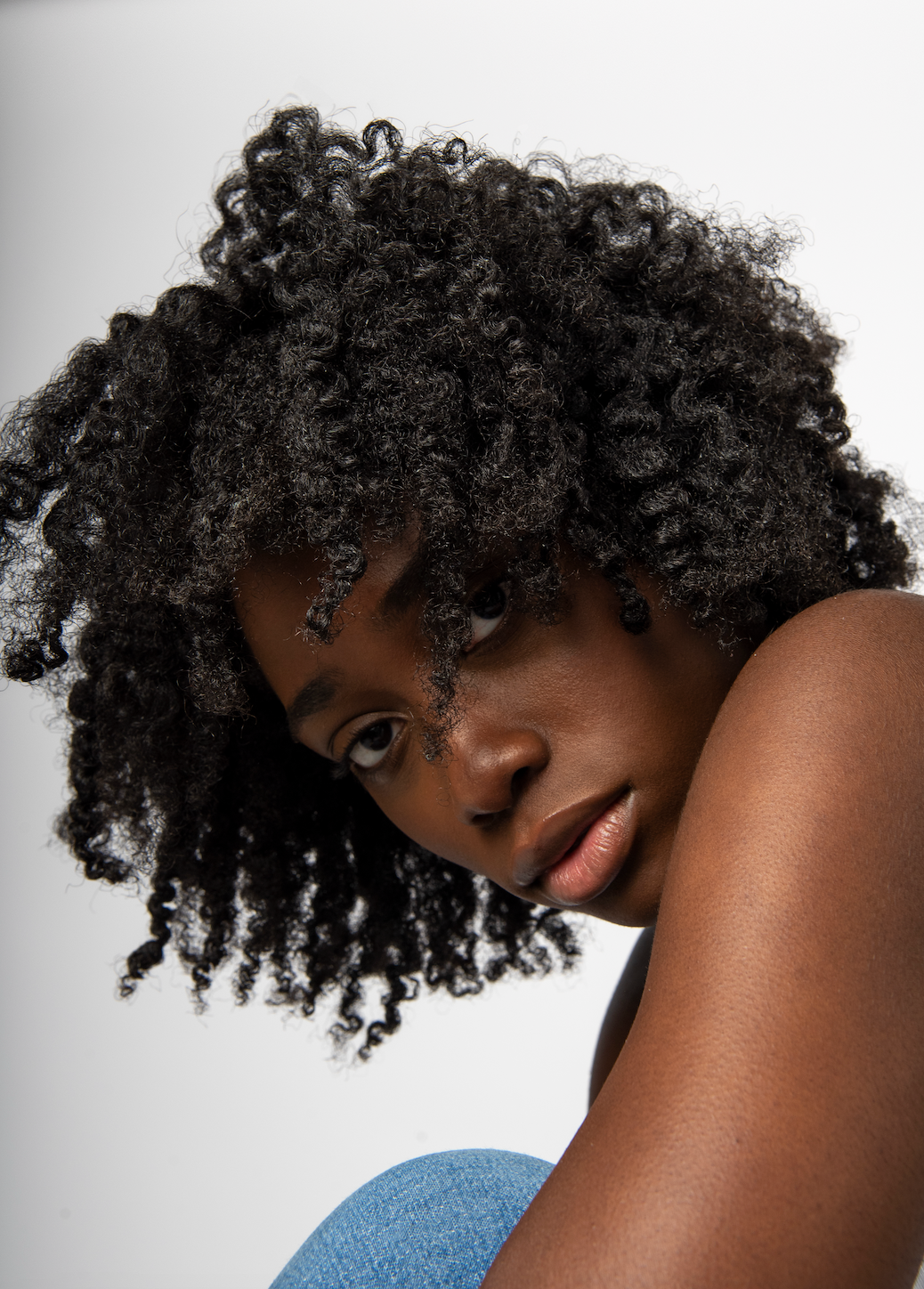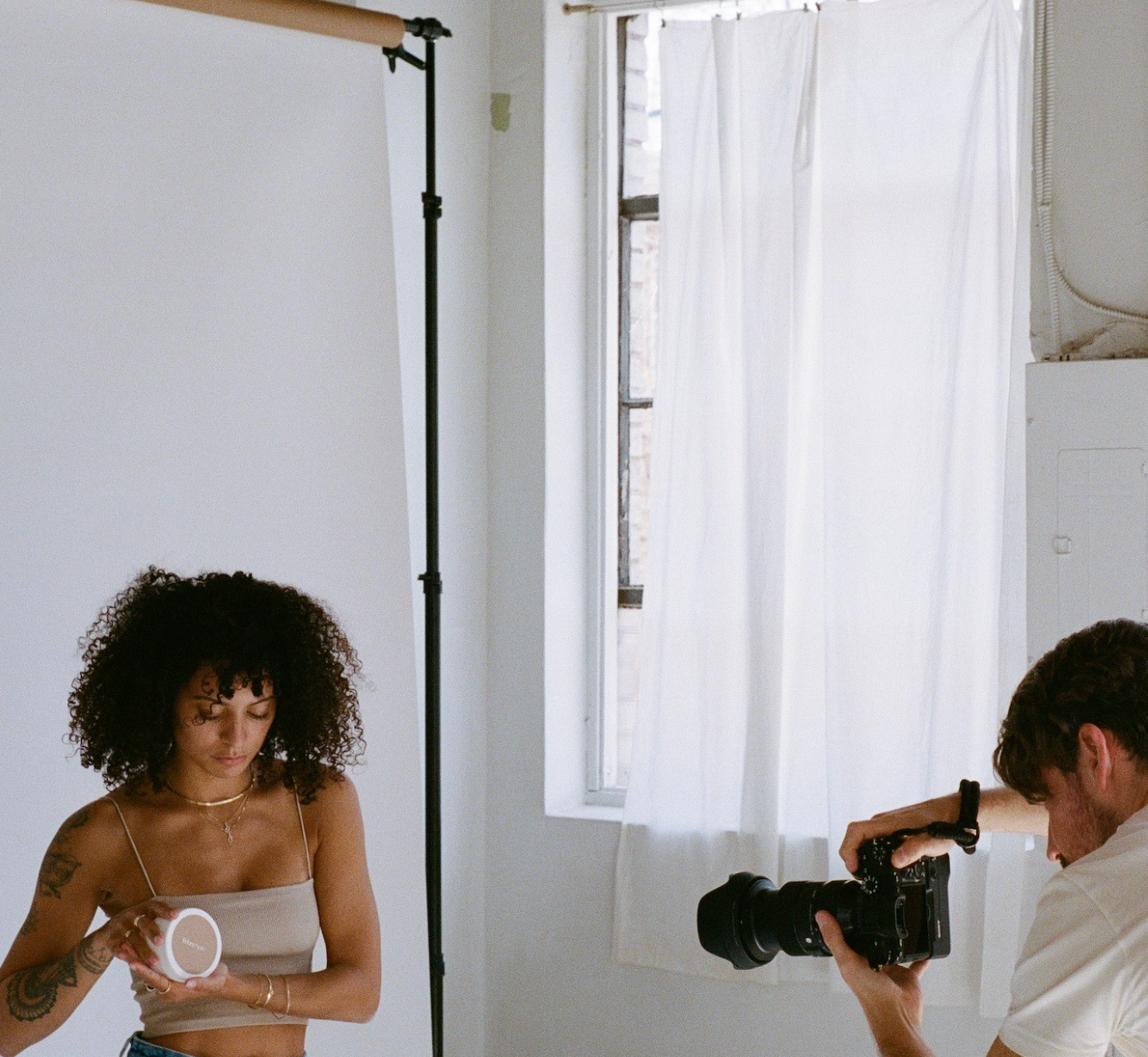Introduction
If your curls take hours to dry, products just sit on top, and moisture never seems to stick—welcome to the world of low porosity hair. It’s not a curse, but it does require a different approach.
Low porosity curls have tightly packed cuticles that resist water and product absorption. The result? Dryness, buildup, and frustration. The good news: with the right products and routine, your curls can go from stubborn to thriving. Here’s everything you need to know about choosing low porosity hair products for curly hair.
What is Low Porosity Hair?
Low porosity hair has cuticles that lie flat, creating a barrier that makes it harder for moisture to get in.
Common Signs You Have Low Porosity Hair
-
Products sit on top instead of absorbing.
-
Hair takes forever to dry.
-
Buildup happens easily.
-
Moisture feels temporary, no matter how much you layer on.
It’s a common curl type—and once you learn how to care for it, the results are game-changing.
Why Low Porosity Curls Struggle
The main issue? Hydration. With closed cuticles, it’s harder for water and product to penetrate. That leads to:
-
Moisture resistance: hydration bounces right off.
-
Product buildup: heavy creams and oils coat instead of nourish.
-
Frizz + lack of definition: dryness makes curls lose shape.
-
Styling struggles: products don’t “sink in” and curls feel weighed down.
Best Ingredients for Low Porosity Hair
Lightweight Humectants
Pull moisture into the hair shaft without heaviness:
-
Aloe vera
-
Glycerin
-
Honey (used sparingly)
Penetrating Oils
Skip the thick oils—choose light ones that can slip past tight cuticles:
-
Jojoba oil
-
Grapeseed oil
-
Sunflower seed oil
Gentle Proteins
In moderation, they strengthen and boost elasticity:
-
Hydrolyzed protein
-
Amino acids
-
Vegetable protein
Best Low Porosity Hair Products for Curly Hair
Clarifying Shampoos
Low porosity hair builds up fast, so a gentle clarifier is non-negotiable. Look for sulfate-free formulas that refresh without stripping.
Lightweight Conditioners
Think hydration without the weight. Silicone-free formulas are your best friend.
Leave-In Conditioners
Go for water-based leave-ins—light, hydrating, and easily absorbed.
Styling Products
-
Foams and mousses: weightless definition.
-
Light gels: hold without flakes.
-
Light creams: just enough slip, no grease.
💡 Frizz + Co’s Repairing Hair Mask was designed with this balance in mind—hydrating with moringa butter and amino acids, but still light enough for low porosity curls.
How to Build a Routine for Low Porosity Hair
The products are only half the story—technique matters too.
-
Use heat strategically: steam, warm water, or a heat cap helps open cuticles.
-
Layer smart: apply from thinnest (liquid) to thickest (cream).
-
Clarify regularly: once or twice a month to keep buildup at bay.
-
Avoid heavy oils and butters: shea and castor can suffocate curls.
FAQs
Can low porosity hair be hydrated?
Yes—hydration just needs the right ingredients and occasional heat to push products in.
Should I use protein on low porosity curls?
Yes, but gently. Smaller proteins like amino acids are ideal.
How often should I wash low porosity curly hair?
Weekly works for most, with a clarifying reset every few weeks.
How do I know if a product is too heavy?
If your curls feel greasy, coated, or take days to dry—it’s too much.
Conclusion
Low porosity curly hair isn’t difficult—it just has its own rhythm. By focusing on lightweight, water-based products and building a routine that prevents buildup, you can unlock soft, defined, healthy curls.
And if you want a place to start? Our Repairing Hair Mask is formulated to nourish without heaviness, making it perfect for low porosity curls. Pair it with smart layering and regular clarifying, and your curls will finally get the hydration they’ve been waiting for.



